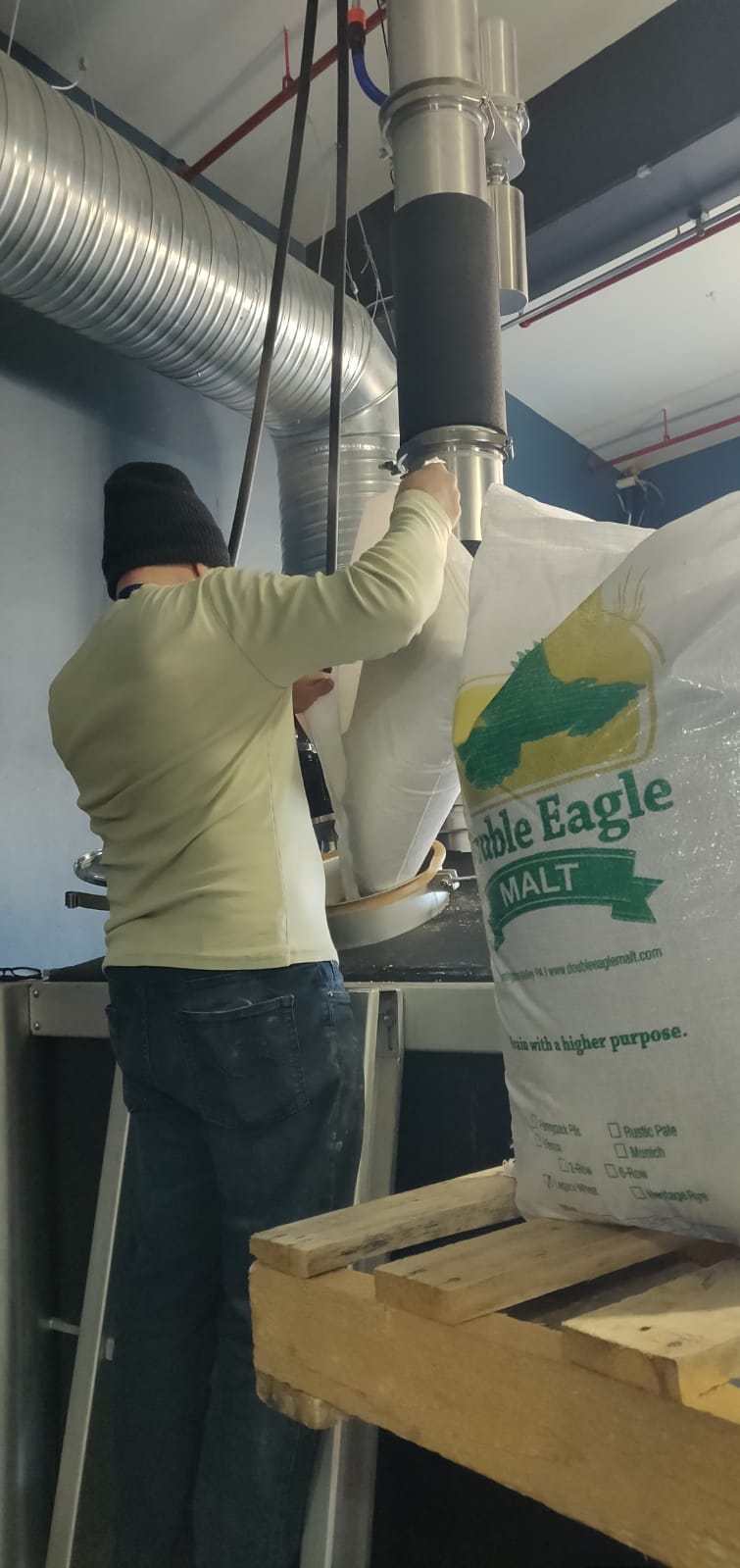
The term mash comes from Old English mæscan, meaning ‘to mix with hot water’. It’s the first step in the process of combining a fermentable substrate (in this case malted wheat) with hot water. Mashing is the process of combining a mix of grains– typically malted barley with supplementary grains, such as corn, rye, or wheat – known as the ‘mash bill’. In this case, our mash bill only contains malted wheat. The piece of equipment many use to perform this process is called a mashtun…we use our iStill 🙂 Check how we make our vodka.
Distillers can use a variety of raw materials such as barley, rye, corn, potatoes, rice, fruits, etc. to make a mash, depending on the spirit being distilled. What we’re actually doing is mixing milled grains and water with an agitator – not mashing – so the enzymes in the malted wheat break down the starch in the grain into sugars. By doing so, we are preparing the “mash” for the next step, which is fermentation. With our wheat, because it has been malted, we are relying on that to provide the necessary enzymes crucial to the conversion process. Many distillers need to add additional enzymes to their mash so the necessary sugars can be fermented and converted to alcohol.
Next up….fermentation



